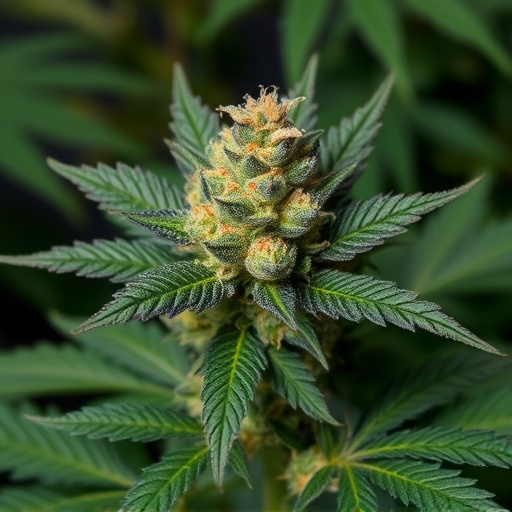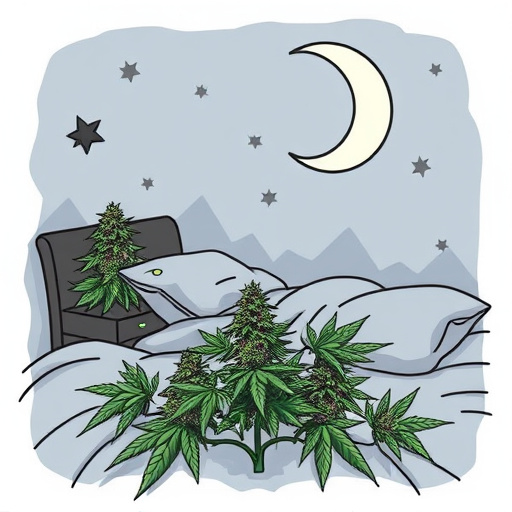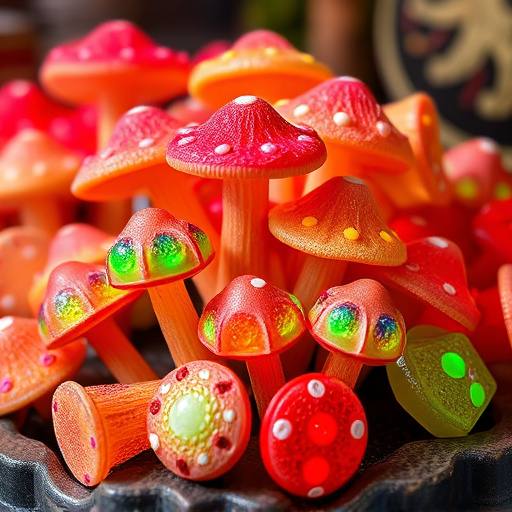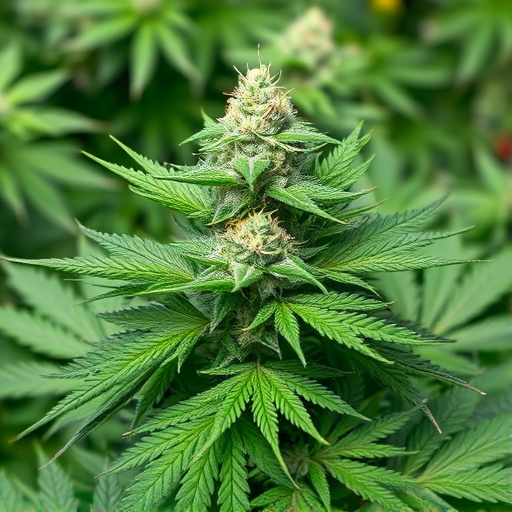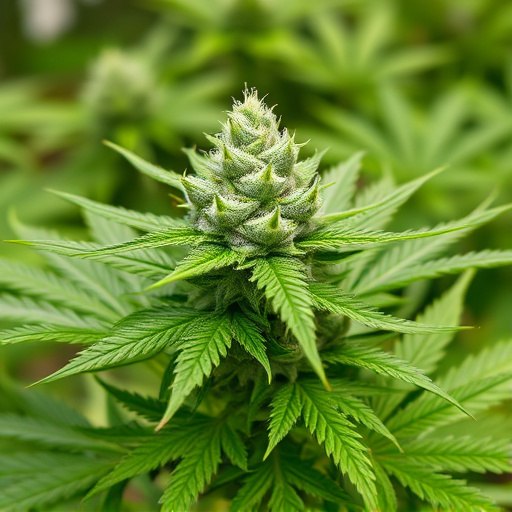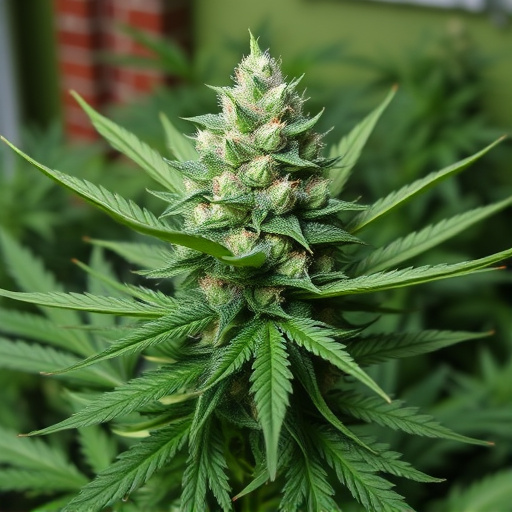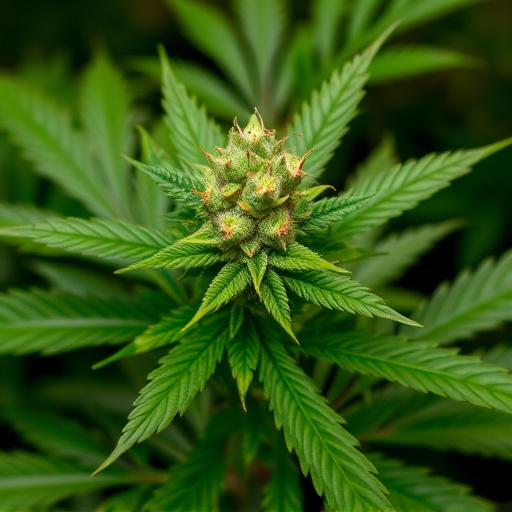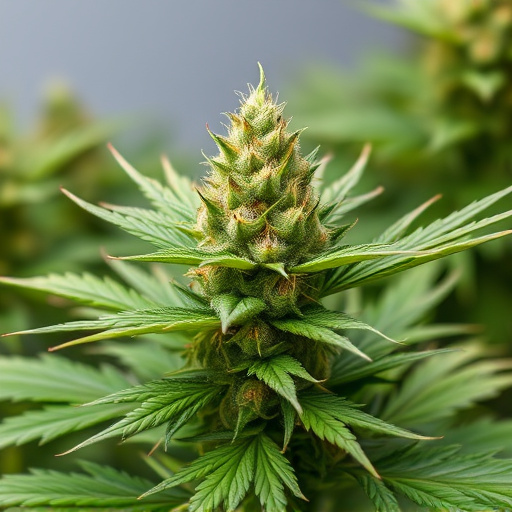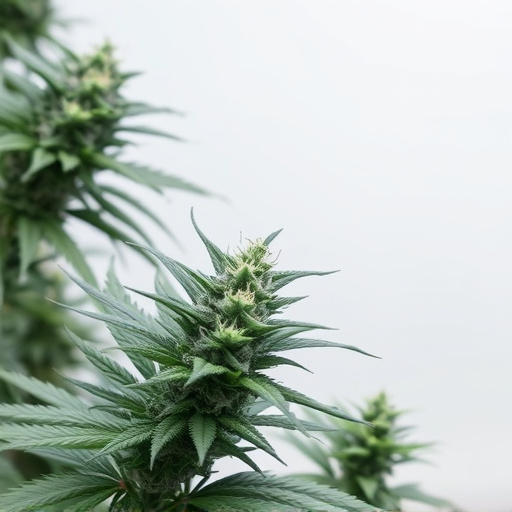In a competitive cannabis market where high demand for specific sativa strains has led to increased cultivation and distribution, temporary shortages and heightened competition arise. Cultivators experiment with new techniques and crossbreeds to meet consumer preferences, but rare sativa varieties face significant challenges due to precise environmental requirements and limited seed availability. Regulatory factors further restrict accessibility by governing cultivation, distribution, and sale, impacting market presence through prohibition, restrictions, and supply chain disruptions.
In today’s burgeoning cannabis market, some sativa cannabis strains have become elusive treasures, sparking curiosity among enthusiasts. This article delves into the intricate factors behind their unavailability. We explore the staggering popularity and demand for specific sativas, their cultivation challenges, and the regulatory landscape that influences distribution. Understanding these elements sheds light on why certain rare sativa cannabis strains are hard to find, even as the industry continues to grow.
- Popularity and Demand: Exploring the high demand for certain sativa cannabis strains and how this influences their availability.
- Cultivation Challenges: Discussing the unique growing requirements of specific sativa varieties and the obstacles cultivators face in meeting demand.
- Regulatory and Legal Factors: Examining the impact of regulations on the distribution and accessibility of rare sativa cannabis strains.
Popularity and Demand: Exploring the high demand for certain sativa cannabis strains and how this influences their availability.
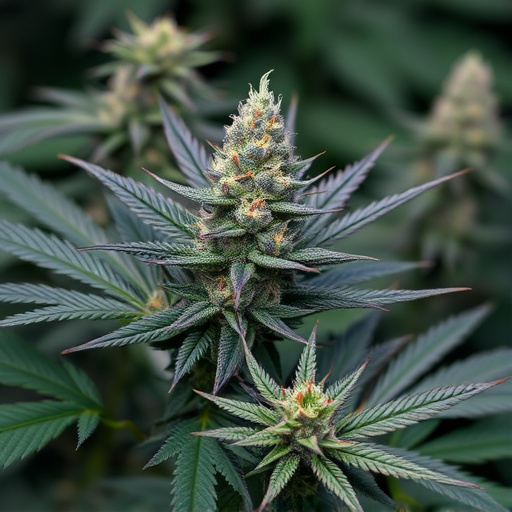
In the dynamic world of cannabis, the popularity and demand for specific strains can significantly impact their availability. Sativa cannabis strains, known for their uplifting and energizing effects, have gained immense favor among consumers seeking a mental boost and increased focus. This heightened demand has led to a surge in cultivation and distribution efforts, ensuring these sativas become more widely accessible over time.
However, the popularity of certain sativa strains also poses challenges. As more people discover and prefer specific varieties, the competition for these top picks intensifies. This dynamic can result in temporary shortages, making some sought-after sativa cannabis strains hard to find at local dispensaries or online retailers. To meet the demand, cultivators often experiment with different techniques and crossbreeds, creating new hybrids that cater to the ever-evolving preferences of cannabis enthusiasts.
Cultivation Challenges: Discussing the unique growing requirements of specific sativa varieties and the obstacles cultivators face in meeting demand.
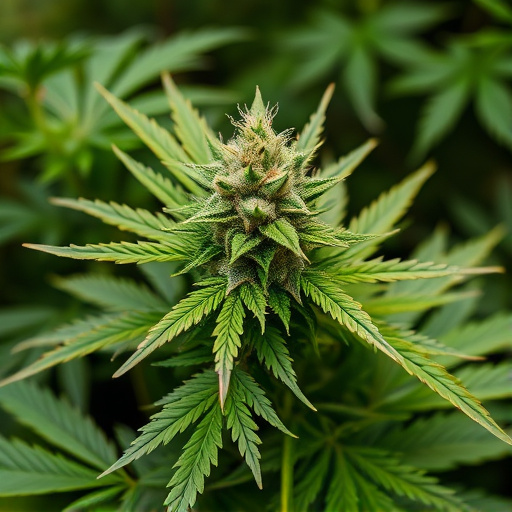
The unique growing requirements of specific sativa cannabis strains pose significant challenges for cultivators. These varieties, known for their invigorating effects and aromatic profiles, demand precise environmental conditions, including optimal light cycles, high humidity levels, and controlled temperature fluctuations. Cultivators must meticulously manage these factors to ensure the plants thrive and produce the desired traits.
One of the primary obstacles in meeting the demand for rare sativa strains is the limited availability of high-quality seed stock. Many sought-after varieties are bred by small, specialized farms that guard their genetic lines closely. This scarcity, combined with the intensive care required to cultivate these strains, results in higher production costs and limited output, making it difficult for cultivators to keep up with consumer demand.
Regulatory and Legal Factors: Examining the impact of regulations on the distribution and accessibility of rare sativa cannabis strains.
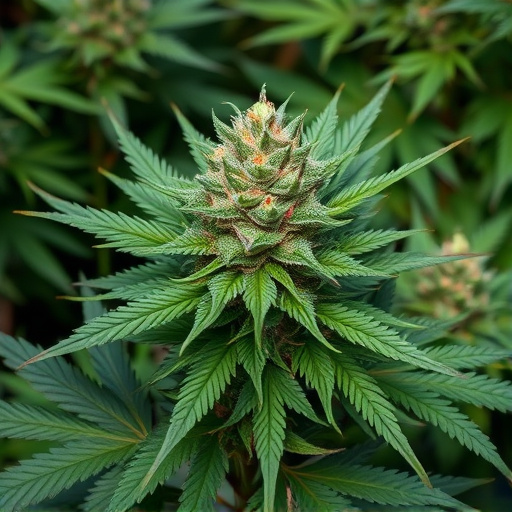
The availability of rare sativa cannabis strains is significantly influenced by regulatory and legal factors, which can make them hard to find for consumers seeking specific varieties. Each country and region has its own set of laws governing the cultivation, distribution, and sale of cannabis, with strict regulations often limiting access to certain strains. These rules are in place due to the controlled substance status of cannabis at the federal level in many places, necessitating licensed producers and carefully monitored supply chains.
Such regulations can impact the availability of sativa cannabis strains in several ways. Some rare varieties may be prohibited entirely or subject to heavy restrictions on cultivation and sale, reducing their overall presence in the market. Even where legal, strict controls over distribution channels can limit the number of retailers offering these specific strains, making them less accessible for consumers looking for a particular sativa variety. Moreover, changing regulations can affect the availability of rare sativa strains as they require producers to adapt their cultivation practices and supply networks, leading to potential shortages or shifts in available products.
The scarcity of certain sativa cannabis strains is a multifaceted issue driven by high demand, cultivation complexities, and regulatory hurdles. As consumers continue to seek diverse experiences, understanding these challenges becomes paramount for both cultivators and regulators. By addressing the unique needs of rare sativa varieties and navigating legal frameworks, it’s possible to increase accessibility and ensure a richer cannabis landscape for all.

